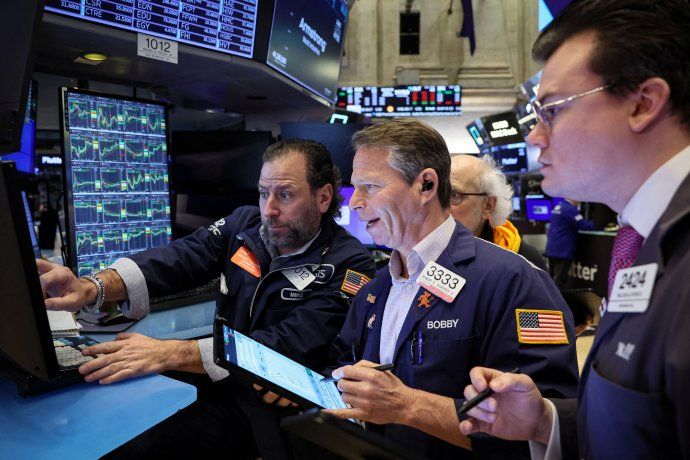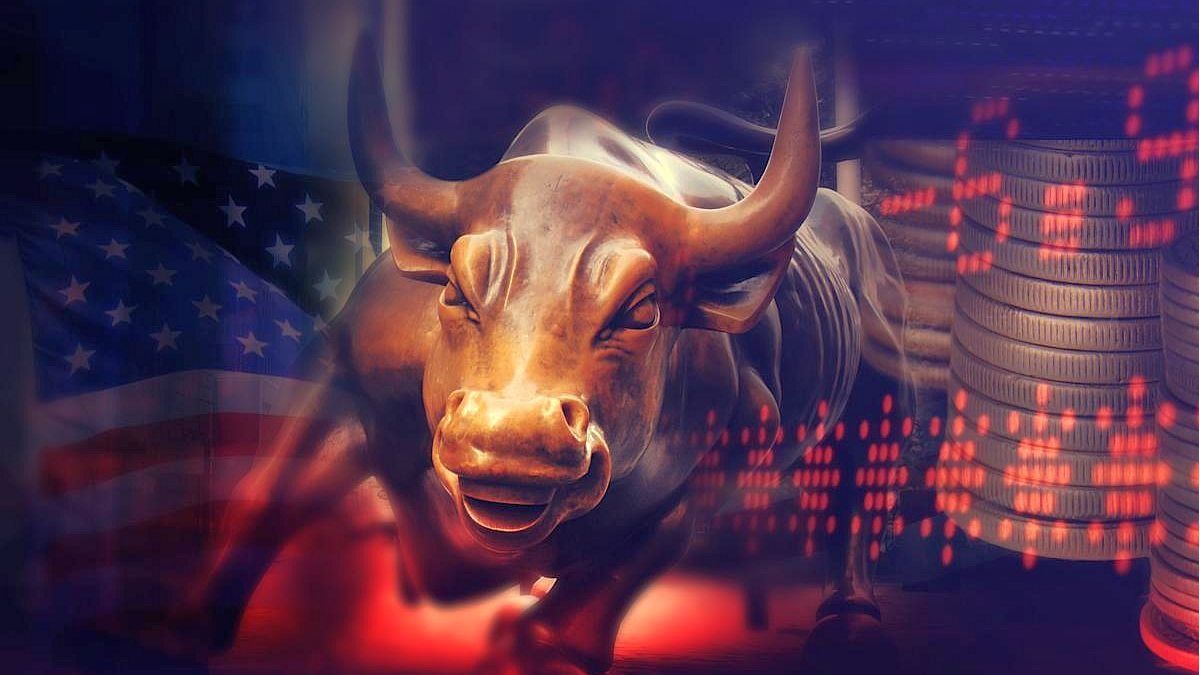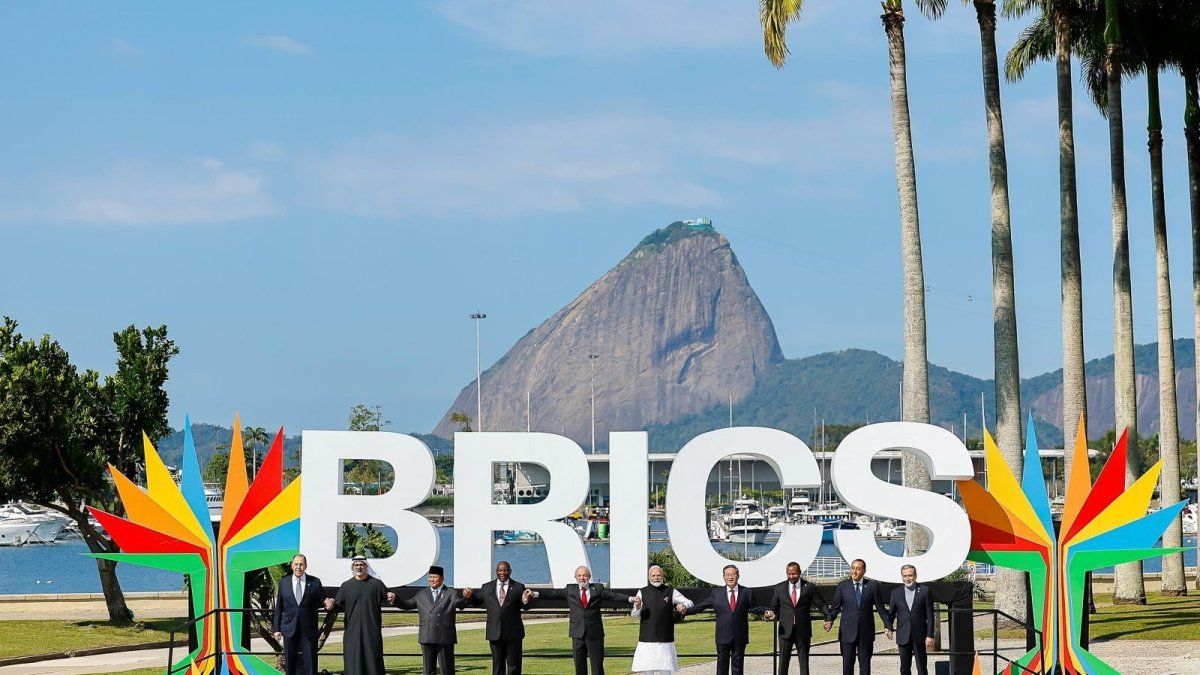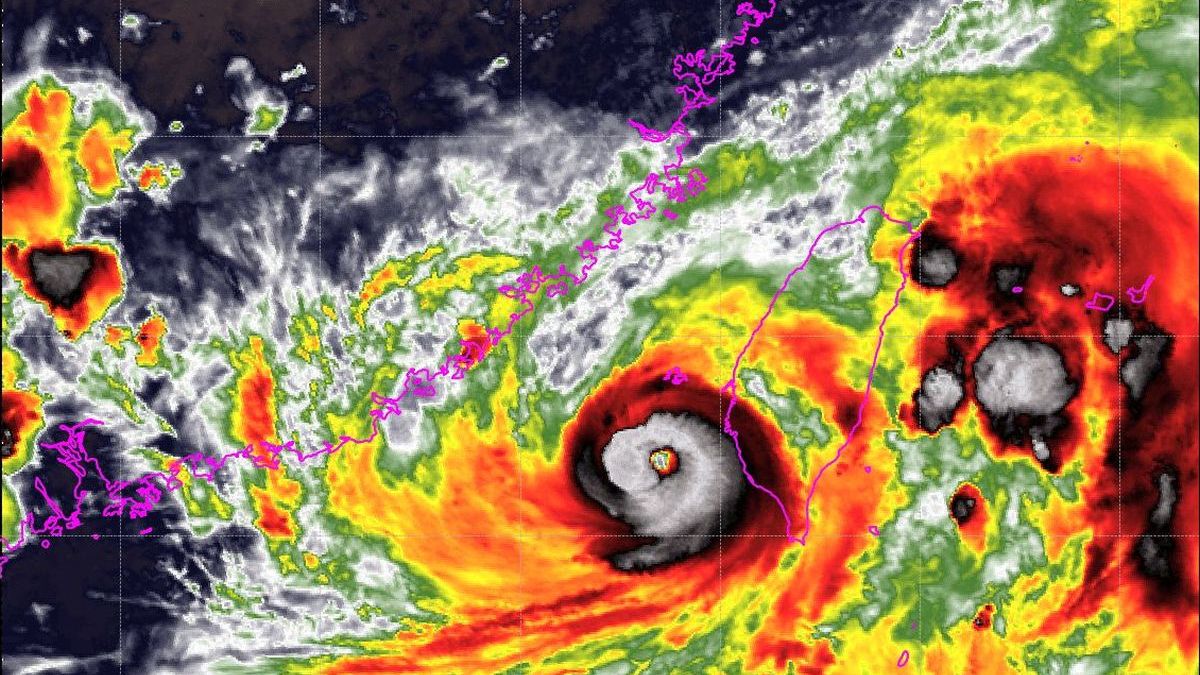Wall Street’s bonanza spills generously beyond its confines. Inflation is no longer what it was. The FED is not chasing it and is not scared. Since July, he prefers to watch and wait.
Wall Street celebrates. February was excellent and March started strong. The S&P500 index closed above 5100 points for the first time. He sets 15 consecutive records after a two-year drought that ended in January. While the G20 finance ministers predict a soft landing, the Street – which saw it first – is showing bull vertigo in more and more windows. The Nasdaq 100 and the Dow Jones Industrial are also trading from maximum to maximum and on Thursday the Nasdaq Combined was added, the basket of the 3 thousand companies that are traded there. The sky is the limit, Whatever the FED does, whose promised rate cut would not come into play until at least June (and it will be better that way).
The content you want to access is exclusive to subscribers.
Only the caravan of small caps – the shares of small companies – is still fighting against the floor effect and is far behind its records. But it comes. This week, the Russell 2000, its benchmark, advanced 2.96% three times faster than the S&P500. And it is the most genuine bet on the successful landing of the economy. The thing is that only an impeccable maneuver, without accidents, justifies embarking on that Brancaleone Armada of companies of glassy quality and uncertain future (although at still moderate prices). It is the caboose of the rally. Even so, it will become the figurehead if exuberance grows and gives it the momentum it lacks (and that a FED willing to lower rates could give it).


Wall Street can’t cope. And the bounty spills generously outside its confines. The EuroStoxx 600 and the Nikkei participate in the global record fair, despite its lackluster present and the many doubts that cloud its horizon (a war in the heart of the Old Continent and Washington leaving the forum, and a recession in Japan). It has already been said, it does not matter that central banks delay cutting rates (and in Tokyo, the next step, which is also delayed, will be to raise them). Cash is abundant in wallets, bad omens have faded and the willingness to take risks prevails. Thus even the usual suspects are resurrected. Bitcoin stretched, he resumed his recklessness and is also going for his records. It has in its favor the recent change in regulation and that, Grayscale said, there is no new supply to satisfy the growing demand for dedicated ETFs.
markets-wall-street-shares-stock-markets-investments-finance

The S&P500 index closed above 5100 points for the first time. The Nasdaq 100 and the Dow Jones Industrial are also trading from high to high.
Reuters
The bears disappeared in the markets
The appetite for emerging markets is already very strong. SPACs are back, the special vehicles that eased the pandemic, and Robinhooders and the incessant activity of internet forums and recommendations – some old ones like GameStop (+4.77% this week) – that promote instant investment success. Is it a new speculative fever? There is no doubt. Just as there are no longer hawks at the FED, the bears have disappeared in the markets. Nvidia’s jump after its balance sheet was a death blow to short sellers. Who dares to “shortcut” the boom in artificial intelligence (AI)? Yes, even Jamie Dimon, the CEO of JPMorgan, averse to fads and fads, maintains that it is a serious revolution with enormous potential for transformation. Selling NYC Bancorp (-26%) was a resounding deal – and “easy” given the prior knowledge of its hardships – but there was no massive contagion like in March 2023 when the regional banking crisis broke out. Without a recession, the stumbles in commercial mortgage lending won’t hurt digestion, according to Dimon. And the FED, sooner or later, whether there are serious disorders or not, will begin with rate cuts, which as we know are powerful effervescent salts.
January inflation was very high, said Thomas Barkin of the Richmond Fed after reading the consumption deflator. It was the same as retail: +0.3% (and +0.4%, core). A measurement error? Could be. But wholesale prices also rose (+0.3%), import and export prices (+0.8% both) and all are calculated from different sources. “Let’s see if there is a reduction in rates this year”, Barkin said. Nobody picked up the gauntlet. Neither his colleagues nor the markets. Nobody made rubble. Inflation is no longer what it was. The FED is not chasing it and is not scared. Since July, he prefers to watch and wait. If it can, it is because the economy can also wait. What could go wrong then? It is in that basic trust that the rally recharges its batteries. And the rest, exuberance included, spills over and comes in addition. This is how chaff and wheat grow. It will take a violent shake if you want to separate them.
Source: Ambito




